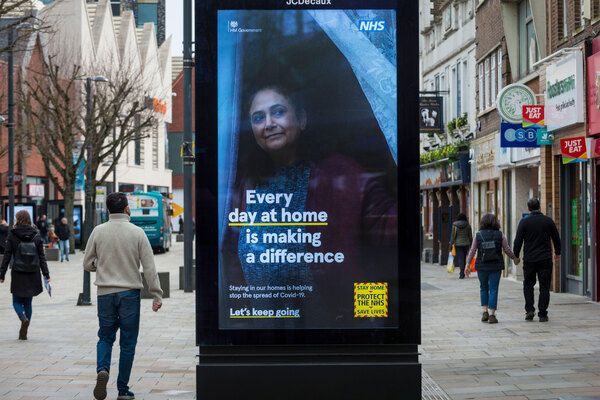Why social housing tenants were more exposed to COVID risk

49%
Social rent households which had someone shielding in June and July 2020
24%
Social rent households which had someone isolating during the same period
26-39%
UK COVID-19 infections which occurred in home
“There just wasn’t much guidance on what to do,” Ms Tunstall says. “[Social landlords] were making a lot of it up themselves, partly because the government didn’t want to say much about what went on inside homes.
“There was also a huge gap in guidance on how to manage blocks of flats, including communal areas, so social landlords had to fill that gap.”
Although many evictions were effectively halted and vulnerable tenants offered additional support, many housing associations stopped repairs work – something which Ms Tunstall suggests exacerbated some issues with housing standards and has created a backlog which is likely to take years to clear.
“Improvements in conditions are likely to have paused or reversed, due to disruption to maintenance, and inequalities may have grown,” she points out.
The pandemic depleted the resilience of institutions, business and communities across the board by eating up funds, savings, materials and capacity for work, as well as the workforce’s and volunteers’ energy, she says.
Ms Tunstall adds: “These resources will need to be rebuilt before they can be used again.”
UK response
Compared to some countries, the UK’s response to the pandemic was reasonably wide-ranging, she found.
“That doesn’t mean that everybody was happy and everybody’s needs were met. There were lots of people in quite dire situations financially, and even when there were supportive policies, they tended not to be announced until in quite a long period of uncertainty.”
As to whether any lessons could be learned for a future public health emergency, Ms Tunstall is not convinced.
“The thing that the pandemic has done is spotlighted inequalities which have been there for a long time, and which the housing sector and the government should know about and should be working hard on,” she says.
“One interesting outcome might be the way we think about spare bedrooms, and policies that limit those, such as the bedroom tax. Perhaps we all need a spare bedroom, not just to do yoga in, but because it’s part
of having a home that is resilient to pandemics.”
“Essentially the risk was transferred from the public sphere to the private – people had to make their own decisions about what to do”
The idea that more space is linked to better health outcomes is hardly a new idea, her book points out. When infectious diseases were the principal threat to life expectancy, housing was at the centre of public health risks and initiatives. During the 1918 Spanish flu epidemic, people with 45 sq ft of living space per person had 10 times the rate of illness than those with 78 sq ft.
In the 2010s, the impact of poor housing on health cost the NHS £1.6bn a year, according to one study she cites.
One thing that drove her to write the book was the concern that people would forget what living through the pandemic was like – and what role housing played.
“I’ve been concerned for some years about space inequality. There are underlying absolute needs for minimum space, and we know that contributes to factors such as health, and that being badly off in terms of space is generally bad,” she says.
“Recent policy has meant social housing residents are falling further behind on that front.”
Her research is clear: in normal times, housing problems are linked to tens of thousands of deaths annually.
“The pandemic inequalities in COVID-19-linked deaths rates by region and neighbourhood deprivation were little different from inequalities in death rates by region and neighbourhood deprivation in normal times,” she writes. “Housing and home could be central to building back better, and recovery policies could address some longstanding weakness of the housing system. However, this seems unlikely in practice.”
Ms Tunstall is keen that policymakers take note of the ways that housing is intrinsically linked to the country’s reaction to major health emergencies – before it is too late.
She adds: “Now would be a good time to really understand what people use housing space for.”

















































